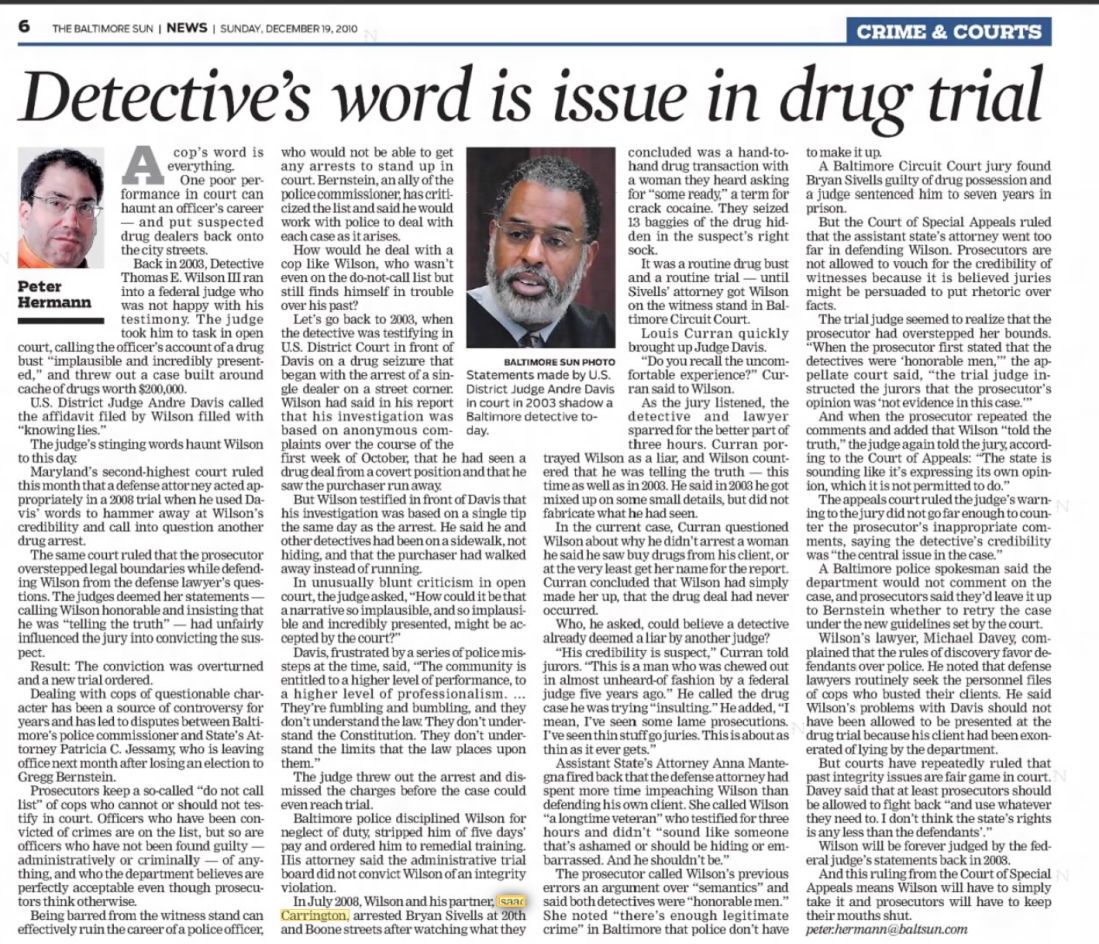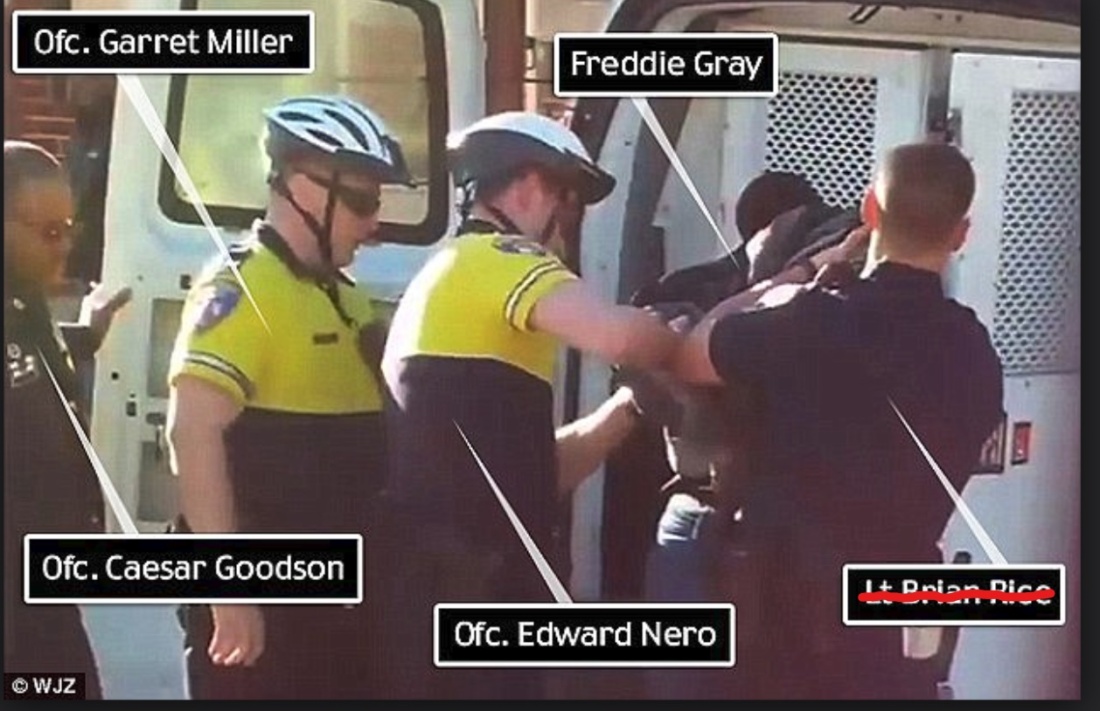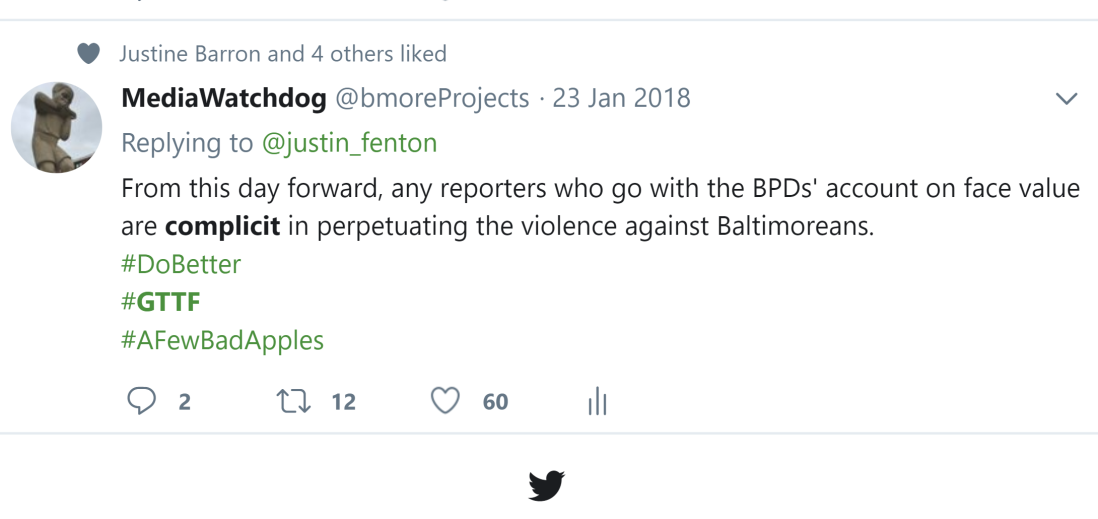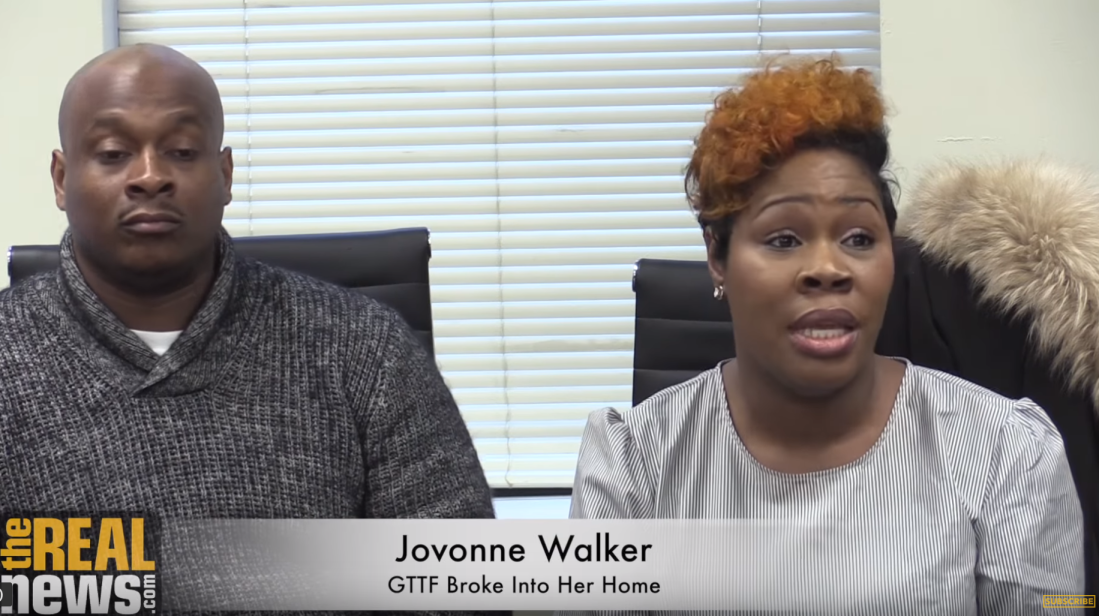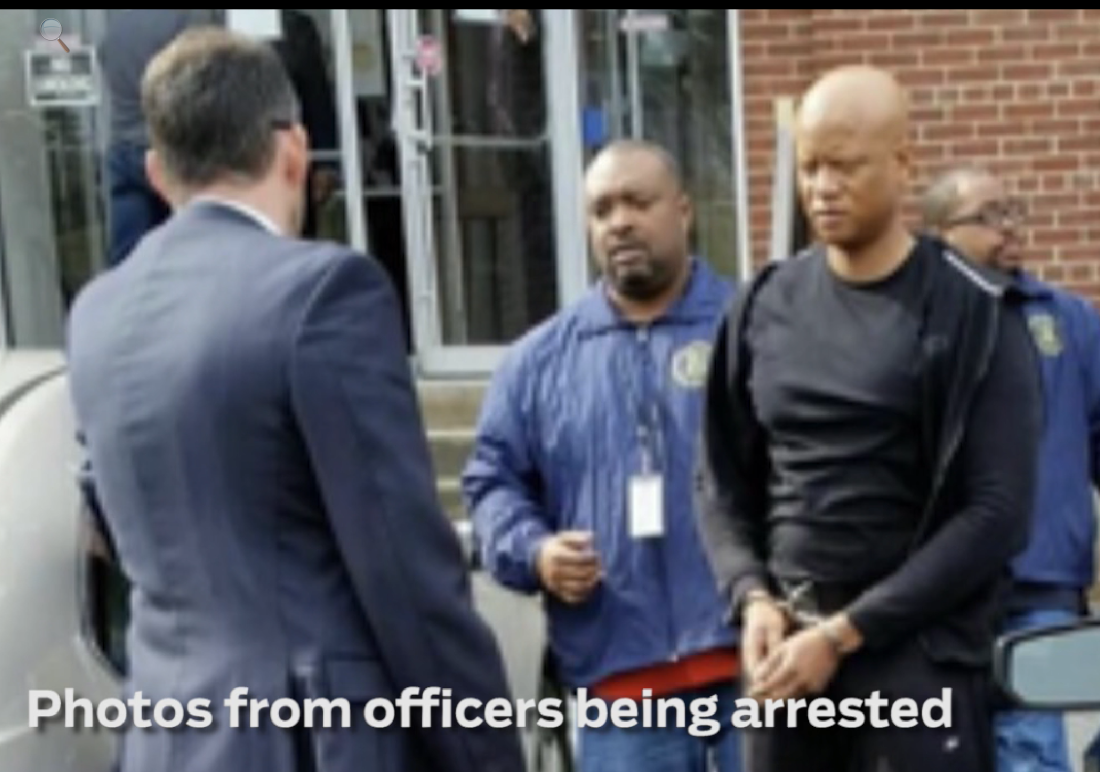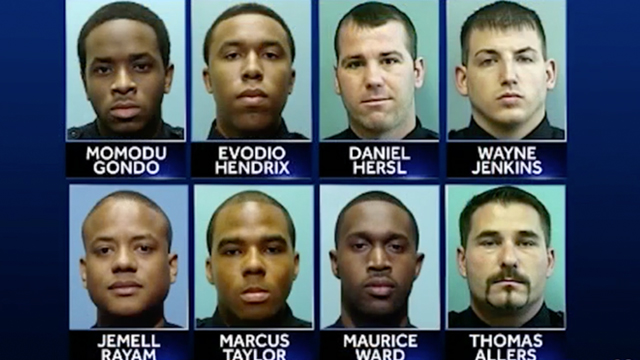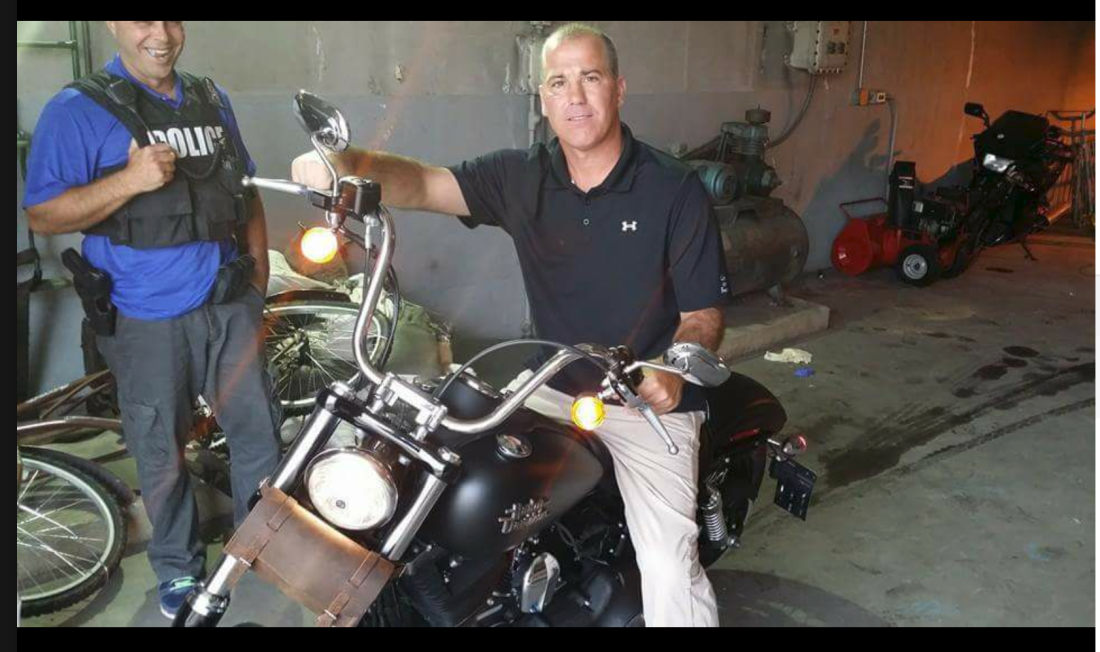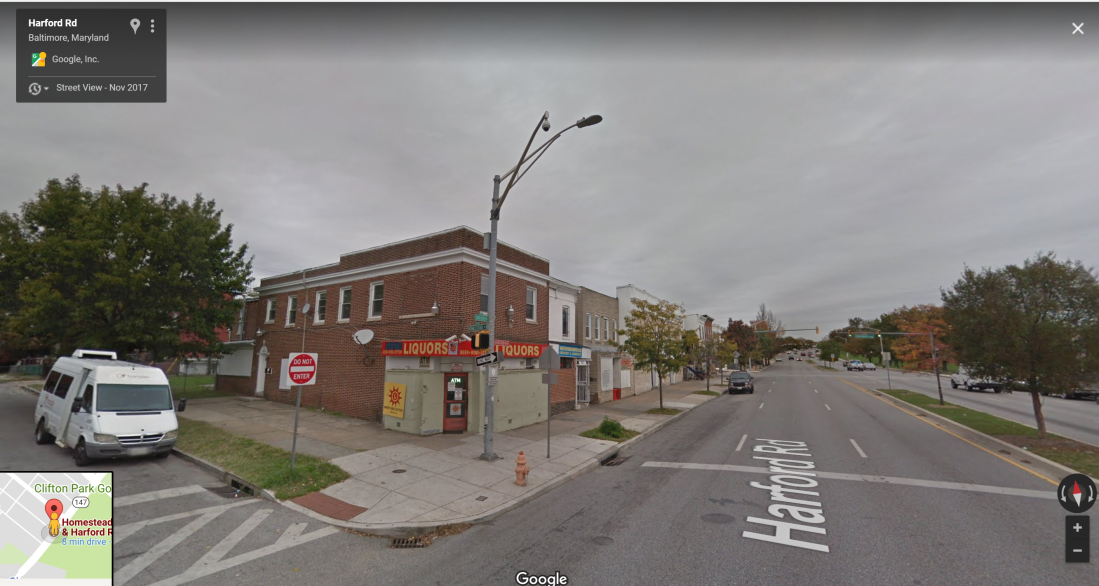BALTIMORE – A defund police movement is kicking up dust across the country and an argument can certainly be made that the Baltimore Sun is feverishly busy sweeping the efforts under the rug.
This indeed is that argument.
What you call a thing matters. Journalists of any consequence know that. Some see an uprising that could lead to a revolt as a pathway to freedom. Others may see a riot that could result in a rebellion as a gateway to regime change – their regime.
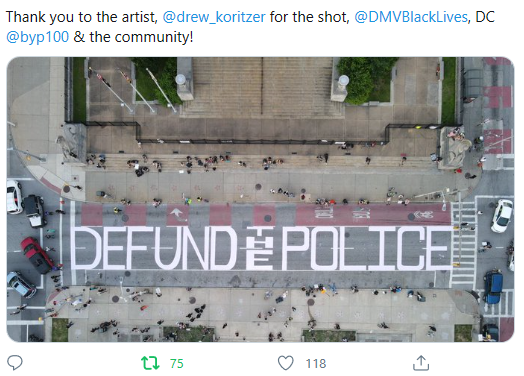
A lot depends on one’s views on oppression. Regrettably, in a June 8, 2020 commentary, the Sun’s editorial stance reveals itself again to be on the wrong side of history with Black Baltimore and it is done at a time when it matters the most to all of the city’s citizens.
Baltimore’s deeply rooted racism
Baltimore City has a long history with what some today might call “both sidesism.” Back in the mid 1800s when the nation was struggling with how to proceed with demands to abolish slavery, the City’s economic and political leaders instead aligned itself with plantation owners of the south. However, the Governor assured President Abraham Lincoln of Maryland’s allegiance to the Union’s cause.
Predictably heavily pro Confederate members of the Maryland State Assembly were arrested to thwart an insurrection. This move merely forced southern sympathizers into hiding. Is recent as May 2020, pamphlets and recruitment into Ku Klux Klan (KKK) espousing white supremacy are still commonplace in Maryland.

If Baltimore’s elite class had its way, there wouldn’t even had been a president Lincoln. A thwarted plot to assassinate the president-elect as he traveled through the state on his way to his first inauguration is a story of legend.
Fast forward 160 years. Again we have a climbing crescendo of calls for local politicians to see an immoral institution as antiquated. States are choosing to re-imagine public safety and policing in way that excludes the existence of the Baltimore Police department.
Where the Sun stands
Staying with the devil they know, The Sun has decided that there are indeed good people on both sides of #AbolishPolice efforts. It returns to surface the old axiom that the “bad apples” within the department are resistant to submersion.
“Are the police really that irredeemable, or are there just some bad apples that need to be sorted out? Maybe, maybe not. But at its heart, the defund movement isn’t really about getting rid of police entirely.” – Baltimore Sun Editorial May 8, 2020
It may help to think of the editorial board as the restaurant managers who decide on the décor, select the vendors, approve the menu, set work schedules. And then think of the reporters as the cooks in the kitchen. This perhaps helps to place its editorial in perspective.

Two weeks after the George Floyd video that shocked the consciousness of most Americans went viral, the Sun’s editorial staff gave us a glimpse into whether it was shaping up to be a fine dining or an earnest family style establishment.
What we got was neither. With the Sun, we were forced fed the predictable greasy spoon diner fare commonly served up for the regulars who show up for the paper since segregation was legal and are known by name.
Since May 25th when 46 year old Floyd gasped his last breath under the weight of a knee to the back of his neck by an officer on a Minneapolis city sidewalk – up until the editorial was published on June 8th, Baltimore had 11 straight days of protests in the street.
Proof corporations are not people
While organizers were busy lobbing tear gas canisters back at police, the owners of the Sun (and the Chicago Tribune) were reinforcing its blockade. Owners of both papers, Tribune Publishing, have called for more policing while reducing the demands to #AbolishPolice to be “ardent police critics, those who see the roots of modern policing in the practice of hunting down escaped slaves,” write the Sun editorial staff.

In a June 10th editorial, the Chicago Tribune referenced its own Freddie Gray policing nightmare, the shooting death of 17 year old Laquan McDonald in 2014. After an alleged years-long cover up Chicago’s entered into its own federal Consent Decree in 2017 dictating ways to reform.
If only the Tribune Co’s editorial staff objectively read its own papers, they would see evidence of systemic racism in its very midst.
Resting on the idea that police are able to reform itself as the magic elixir is extremely unnerving especially to the over-policed communities they cover. Corporate ownership of news outlets has permitted business interests to usurp public accountability and shape a narrative that’s out of sync with the nation’s consciousness.

A local paper in Minneapolis, MN warned caution against the defund police movement as well. The Star Tribune, owned by local businessman Glen Taylor echoed his city’s business leaders in saying getting rid of crime fighters will not eliminate crime. There’s not enough space in the entire cyber-sphere to adequately respond to that reasoning. Suffice it to say – if only police were crime fighters, then it would be a discussion worth having.
This national moment of reckoning about police practices is rightly giving new momentum to overdue reform efforts. George Floyd’s death moved Americans to say “enough” and demand change. It should come soon. – Star Tribune Editorial June 10, 2020
Predictably, the Sun is waiting to see if the blue coats or if the grey coats capture the flag of this country’s moral future. If Black lives are ever to matter in Baltimore, we can’t wait for editorial staff sit on the sideline to see how another state fares. “We would like to see how Minneapolis and other cities fare with their approaches,” wrote the Editorial staff.
The editorial team of all three papers are prepared to take a wait and see approach. They rest comfortably while their cooks/reporters and photographers scurry back and forth attempting to make palatable what the public can no longer digest.

Consent decrees bridge activists and police to a road to nowhere
Be wary of those who grasp desperately onto the promise of police reform because it will create yet another black hole where exorbitant consultant fees and federal funds quickly disappear.
In May of this year, Seattle, WA asked to be removed from the constraints of its 2012 consent decree claiming it to be in full compliance with reform mandates. The mission accomplished banner seems to be tarnished in wake of the national #disbandPolice movement.
Seattle protesters against police abuses created a law enforcement free “autonomous zone” called either CHAZ or CHOP after commandeering a local precinct building. The federal judge was expected to rule in August on the city’s request to come up from under its consent decree.
The recent events of Seattle show that “police reform” should no longer be on the menu. Nevertheless, the Sun editorial state reveals its stance that “There’s an urgency to addressing police misconduct and criminal justice disparities … but not necessarily to fundamentally changing course [emphasis added].”
Resort to gaslighting when reason fails
Reform advocates are on one end of the spectrum while those who view defunding as an essential first step towards abolishing police is on another. Anybody who tells you differently is gaslighting you.
Baltimore Sun seems adamant in explaining that both people in reality are asking for the same thing.
A head chef/crime reporter, Justin Fenton, shocked the world in a June 19th article, when he wrote” The calls [to defund] mean different things to different people. Some organizations pushing for police reform want fewer resources for police and more money for the community.” He recognized a leader in the abolitionist movement is the People’s Power Assembly, something the editorial left out.

A day after the City’s largest march, lead by Baltimore’s youth on June 1, it was made clear what the unifying demands were for the thousands who canvassed Baltimore’s streets.
“We are not calling for police reform. We are calling for police abolition. We understand that the police establishment as a whole is too corrupt for reform, therefore we are calling for a complete restructuring of the system.” – from The Youth June 2, 2020
Is the corporate media giant, respective editorial staff, and select reporters each taking turns gaslighting the rest of the nation? No.
Many of journalism’s stalwarts, much like most police departments, are institutional relics fervently resistant to change. Both entrepreneur David Troy (in a 2016 editorial) and Maryland Delegate Bilal Ali (in a 2018 letter to then Mayor Catherine Pugh) proposed disbanding the department.
They did so in the wake of very public corruption scandals proposing that reforming a culture of covering up criminality isn’t in the best interest of those victimized by BPD.
“I propose that this 150-year experiment be swiftly ended. Let’s shut down the Baltimore Police Department as it exists in its current form and create a new agency that is empowered and properly constituted to meet all constitutional and legal requirements as set forth by the DOJ from its inception. ” – David Troy, 2016 Baltimore Sun
In a supreme act of gaslighting, the Sun’s editorial sought to shove down our throats the mightiest of comfort food when it wrote: “Frankly, police departments were already headed toward defunding.” Surely the Sun isn’t suggesting that without the direct action of burning down precincts – we would have gotten here eventually anyways? Riiiight.
The Sun’s editorial brain trust didn’t mention the years of work and ideas put forth by the likes of Troy, Ali, PPA, The Youth, or ACLU. Instead it awarded a defacto defunding of Law Enforcement to (wait for it) the resume of President Donald Trump. The Sun viewed his mishandling of the COVID19 pandemic as akin to an unintended consequence that pushed municipalities toward “lean times” that will affect police budgets – thus defund them.

The degree of mental gymnastics the board performed to arrive at thank Trump for defunding police is a marvel yet to be paralleled.
One can only surmise that the Sun is trying to tell its readership that the thing that they see (a demand to upend Baltimore Police) isn’t the thing that they fear – an effort to dismantle White Supremacy.
An unexamined editorial position is not one worth having. Whether this argument stands that the Sun is cowering from the light that oppressive policing is no longer palatable will be known soon enough.
Soon the recently racially diverse editorial staff will likely to take a stance on upcoming issues ripe for gaslighting: the city’s budget priorities, the presidential debates, the ongoing failures of the consent decree and the leadership of Commissioner Michael Harrison. I’ll be right here waiting, sort of.
Lincoln had it right. Maybe the way to challenge the system is to put on a disguise, and make only clandestine trips through Baltimore.









 While there hasn’t been a murder on Bennett Place since Sean Suiter’s, there has been plenty of violent murders prior.
While there hasn’t been a murder on Bennett Place since Sean Suiter’s, there has been plenty of violent murders prior.











